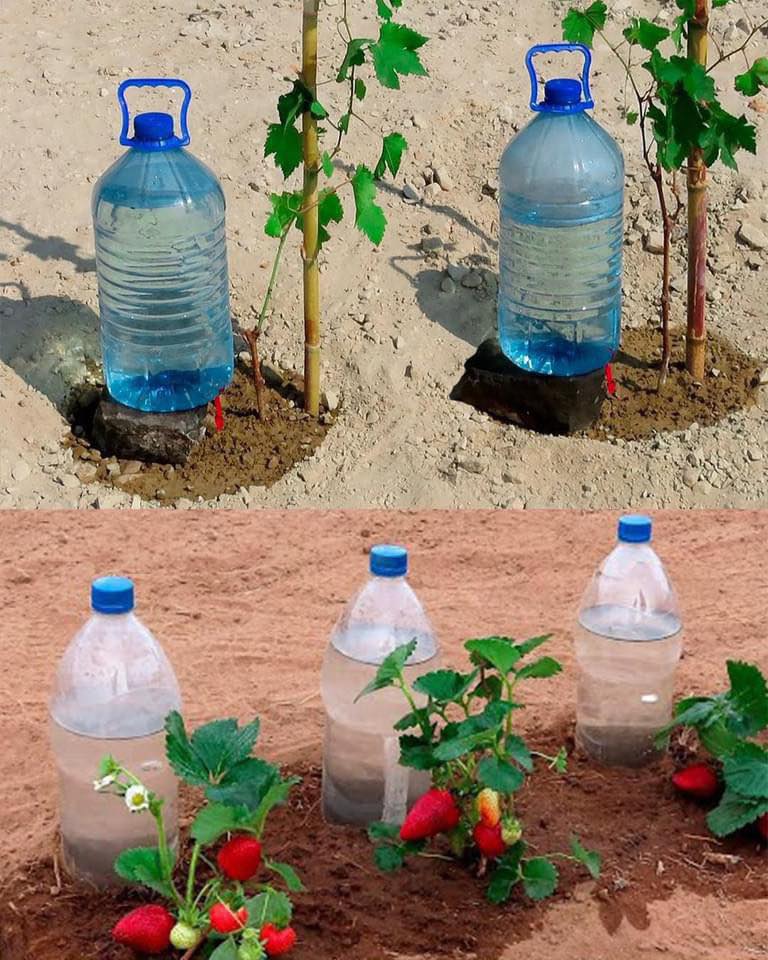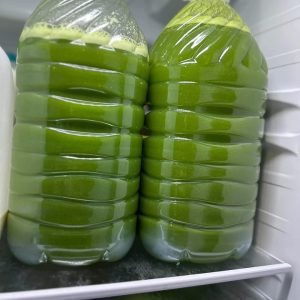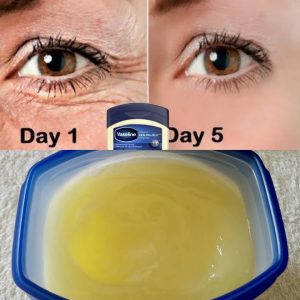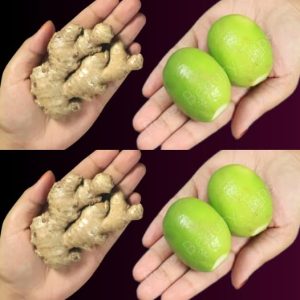
Gardening enthusiasts are always in search of innovative, sustainable methods to care for their plants, especially in ways that conserve resources and reduce costs. In this article, we present two simple, yet highly effective DIY methods for watering plants using everyday household items. These methods are not only cost-effective but also environmentally friendly, ensuring your plants receive the right amount of water with minimal waste.
Method 1: Slow-Release Watering Using a Buried Plastic Bottle
Materials Needed:
A large plastic bottle (2-liter size works well)
Marker
Sharp tool (awl or heated iron rod)
Water
Step-by-Step Guide:
1.Prepare the Bottle: Clean the bottle and remove labels. Mark two lines on it – one approximately 15 centimeters from the bottom and another 10 centimeters from the neck.
2.Create Water Outlet: Make a small hole about 7 centimeters from the bottle’s bottom.
3.Fill the Bottle: Fill it with water up to the lower line and tighten the cap.
4.Place the Bottle: Dig a hole near the plant and bury the bottle up to the marked line, with the hole facing the plant.
5.Final Step: Fill the bottle completely, close the cap, and cover it with soil, leaving the neck exposed.
Advantages:
Efficient water use through targeted delivery to the root zone.
Reduces the need for frequent watering, saving time and resources.
Ideal for vegetable gardens and outdoor plants.
Method 2: Wicking System with a Plastic Bottle and Fabric/String
Materials Needed:
Plastic bottle
Cotton fabric or thick cotton string
Water
Sharp tool for making a hole
Step-by-Step Guide:
1.Prepare the Bottle: Clean the bottle and make a hole in the cap.
2.Thread the Fabric/String: Cut a piece of fabric or string, thread it through the cap, ensuring it’s long enough to reach the soil.
3.Fill and Seal: Fill the bottle with water, replace the cap with the fabric/string, ensuring it’s saturated.
4.Position the Bottle: Place the bottle cap side down in the soil near the plant, with the fabric/string extending into the soil.
Advantages:
Direct water delivery to roots, ensuring consistent moisture.
Suitable for indoor and outdoor potted plants.
Low maintenance and easy to monitor.
These two methods offer gardeners sustainable, cost-effective solutions for plant watering. They are particularly useful during dry spells or when you’re away from home. By utilizing simple materials like plastic bottles and fabric, these methods align with eco-friendly gardening practices, prioritizing water conservation and efficiency.
Whether you have a vegetable garden, potted plants, or a mix of both, these DIY solutions can help you maintain healthy, hydrated plants with minimal effort and cost. Embracing such sustainable practices not only benefits your garden but also contributes positively to environmental conservation.





